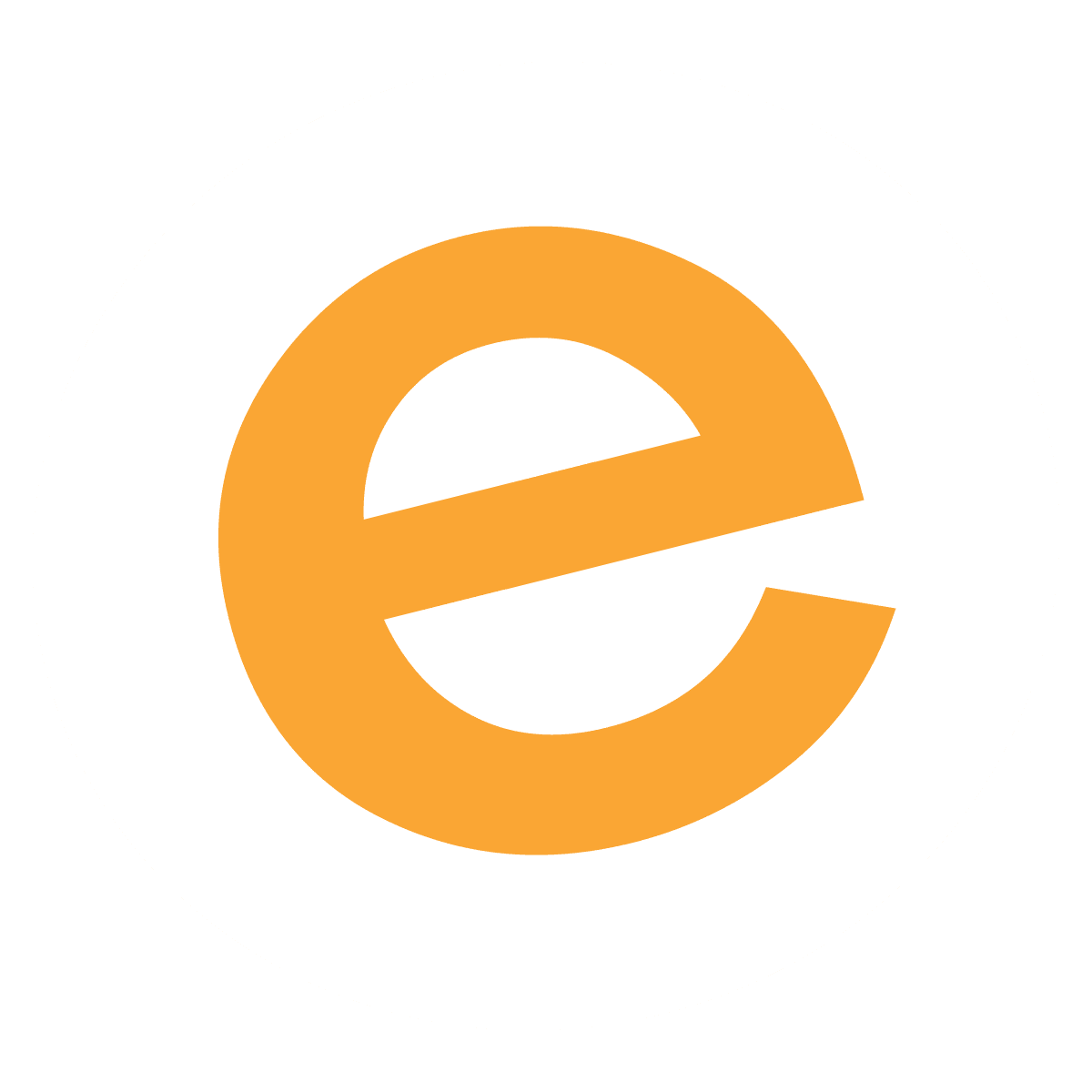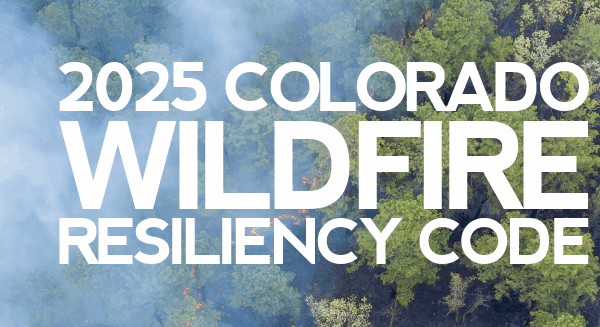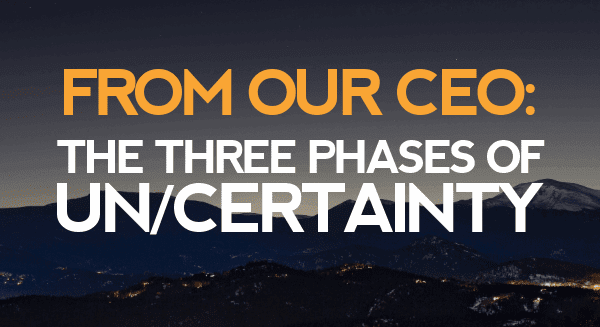Growing to LEED: Third-party certifications are driving toward LEED®


Homebuyer demand for green features continues to grow with more consumers expecting efficient, healthy, and safe homes across the country, making it clear that eco-friendly features and communities are an important decision-making influence.
People expect to breathe clean indoor air and find safer building materials in order to live comfortably and with peace of mind in their home. Green features add up to using less energy, less water and lead to lower operating costs each month. And who doesn’t like saving money every month? What’s more, lower monthly utility bills may allow homebuyers to actually afford more home than they expect.
Colorado Housing Market Limelight
- Rocky Mountain cities Fort Collins, CO and Boulder, CO, support that house hunters in these areas don’t necessarily “need ‘green’ to get a green home”. An article written by RISMedia provides data analysis from the National Association of REALTORS® (NAR), REALTORS® and Sustainability 2018 Report, and realtor.com® report suggesting that there are “affordable pockets outside of the Golden State” that make becoming a green homeowner viable.
- According to the Environmental Protection Agency (EPA), the average American spends 93% of their life indoors. There’s no question that people expect to live in a sustainable home which offers plenty of clean unpolluted air, and one that is safe with less risk of harmful byproducts that derive from unsafe building materials. What’s inside our homes is important - green building is important.
- U.S. Green Building Council (USGBC) recently announced that Colorado certified 114 projects representing 17.04 million square feet of LEED-certified space, or 3.39 square feet per person, in 2018. Colorado ranks sixth in 2018's Top 10 States for LEED green building.
Set your Sights on Green Building
As more building code jurisdictions in Colorado adopt the latest versions of the International Energy Conservation Code (IECC), builders and developers are taking their first steps into the residential green building world. While these first steps can be confusing as builders begin this journey, there are fruits along the way, including opportunities for federal and local tax incentives, rebates and variances to help ease the transition into this growing market.
With the latest IECC as a starting point, many above-code, third-party certification programs such as U.S. Environmental Protection Agency (EPA) ENERGY STAR® , WaterSense, Indoor airPLUS™, National Green Building Standard (NGBS), Department of Energy Zero Energy Ready Homes (DOE ZERH), and LEED® are all coming within reach, giving builders a clear pathway to differentiate their work and stand out in a crowded and confusing marketplace.




